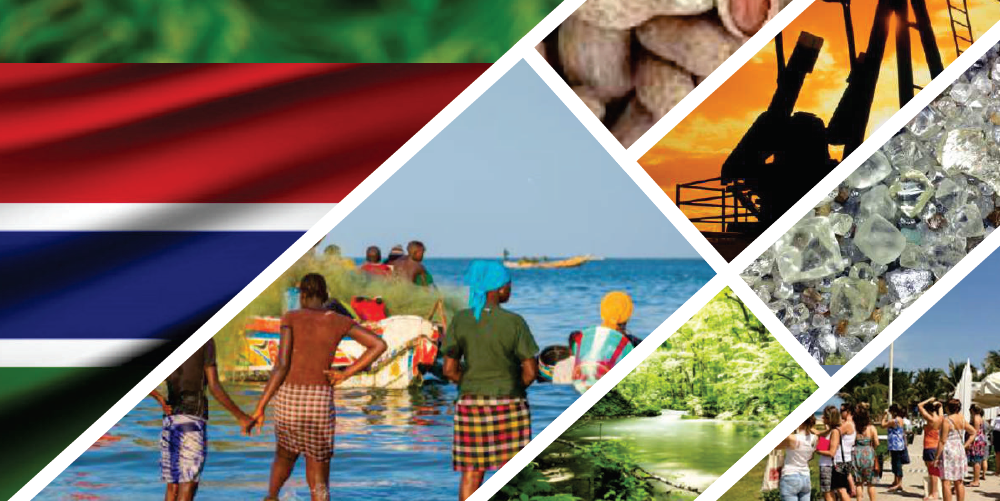
EXECUTIVE SUMMARY
The Gambia has an estimated population of 2.3 million, a GDP per capita income of US$540 and almost
half the population (48.40 percent) is considered poor. It is one of the poorest and most fragile
countries in Africa. During the last decade, GDP growth has been volatile, averaging about 3 percent,
and per capita income stands at US$715 (2017). (World Bank, 2018). The Gambian economy is exposed
to severe climate shocks that hinder the country’s economic performance. As a riparian country, The
Gambia suffers from frequent floods, while erratic rainfall and droughts regularly affect the
agricultural economy adversely. Agriculture employs 46.4 percent of the country’s labor force (ages 7
and above 9), rising to 80.7 percent in rural areas, and is the largest employer of the poor (75 percent)
and extreme poor (90 percent). Formal, open unemployment is low at about 10 percent nationally,
masking high levels of under-employment (about 36 percent of the workforce), especially in
subsistence agriculture. Youth face challenges in achieving secure and sustainable livelihoods, with
61.7 percent of those in the 15–24 age bracket reported being unemployed (IHS 2015/2016). The
Gambia registered its first COVID-19 case. on 27th March 2020. Since then, the virus began to surge
and affecting lives and livelihoods in various sectors of the economy. Two of the top natural resources
sectors, the Tourism and Hospitality Industry and Fisheries were severely affected
Impact of COVID-19 on the Tourism and Hospitality Sector
The industry lost an estimated 101,930 air arrivals in 2019. This has heavily impacted the tourism
sector culminating in job losses for tens of thousands of hotels and hospitality industry workers. It is
estimated that The Gambian economy would lose an estimated USD108.51 million in income. This is
income that should have accrued to either government agencies, private establishments and small
businesses attached to the sector, but excluding VAT and fuel costs. This amount represents close to
7 percent of GDP. The first sector to get hit during the pandemic was the tourism sector, the
emergency lockdown introduced in March 2020 and social distancing measures put in place to prevent
the spread of COVID-19, combined with the early halt to the tourist season in The Gambia, has led to
a significant reduction in economic activity. According to UNDP Brief on COVID-19, the Gambia
Tourism sector employs about 42,000 people directly and another 40,000 indirectly and generated
USD85 million in foreign exchange for the country in 2018r and a projected USD108.5 million in 2019r,
COVID-19’s effect on the economy is expected to be significant both in terms of foreign.